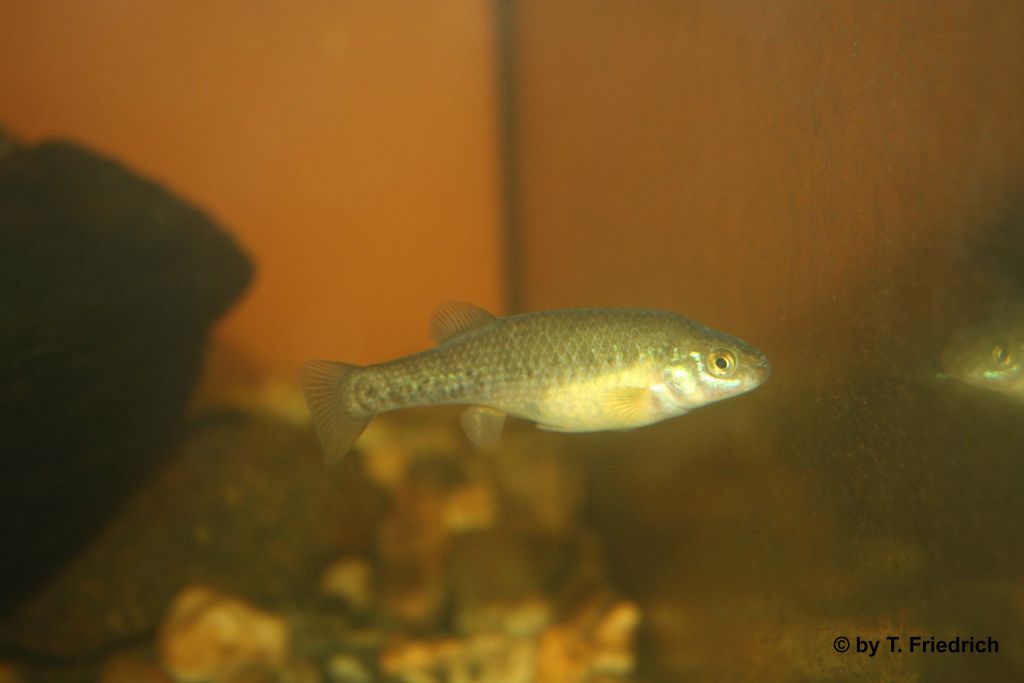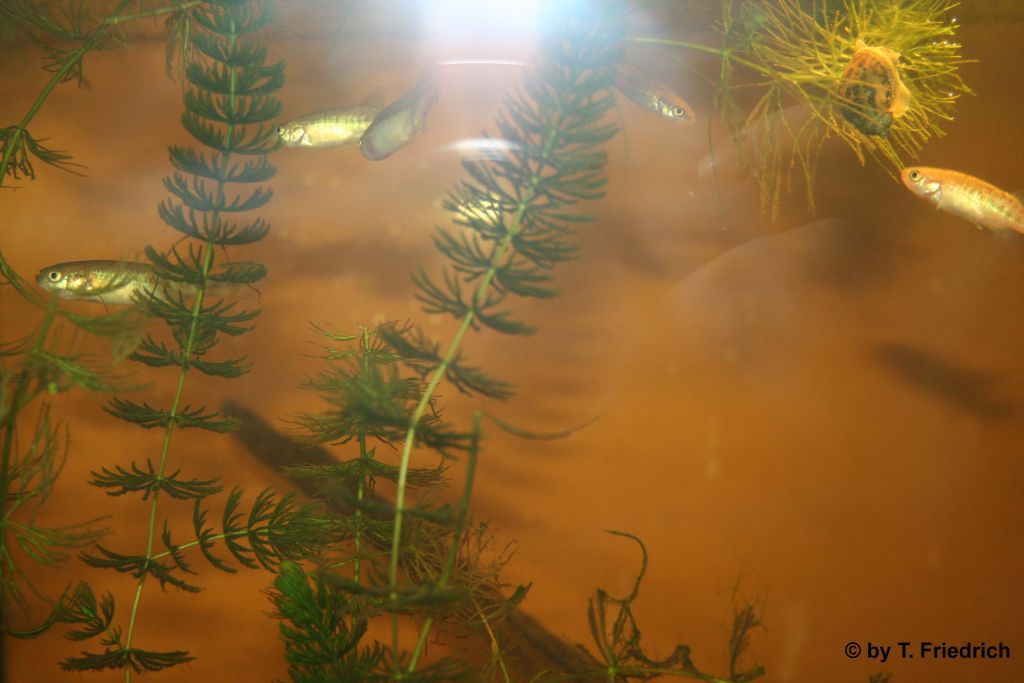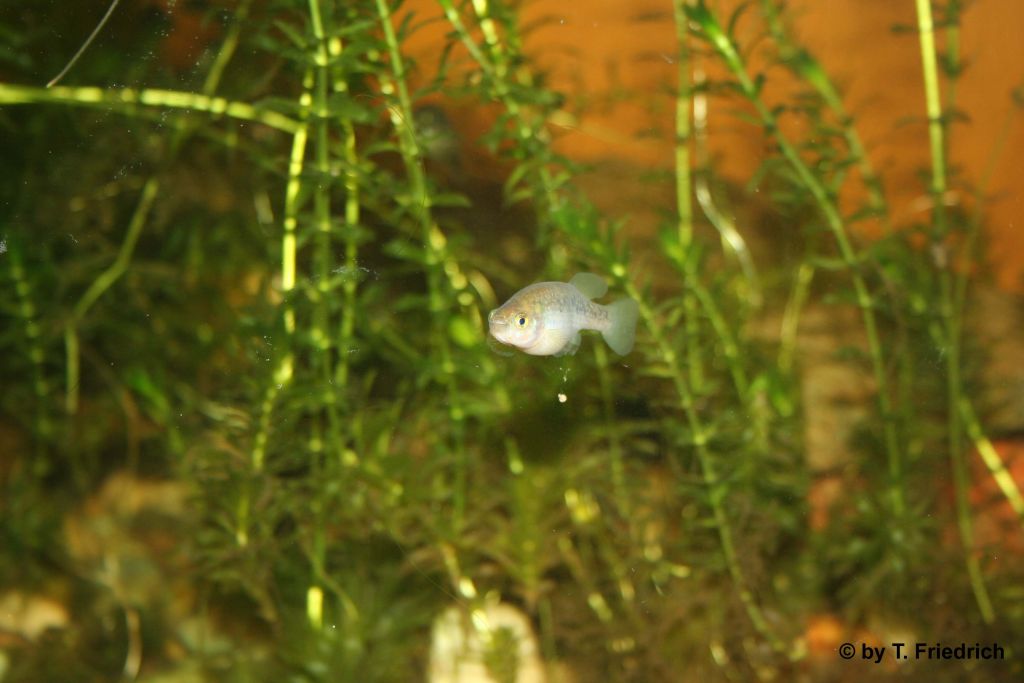Annual report on the Allotoca-Mesa Central project
Submitted by andreas.schramm on 15. January 2023 - 23:31
Allotoca-Mesa Central, Annual Report 2022
The development of membership in 2022
The year 2022 resulted in some changes in the Allotoca - Mesa Central project. In spring, Michael Köck handed over the management of the project he initiated. At the same time, the project was divided into two sub-projects (BAP and LANP) in order to distribute the workload on several shoulders.
At the time of the project handover, there were 30 participants from 12 countries. In the following period, the number of members has increased to 38. In addition, there are talks with further candidates, so that one can hope that the number of members will continue to develop positively in the coming year. However, there were also some members who left the project again or were taken out of the project because they did not respond to any enquiry. We are very sorry about this, but active participation in terms of reporting and, if necessary, distributing the fish is extremely important. Therefore, we would also like to thank all other participants for their active work in this project. There are also participants who are without fish at the moment, but who continue to work actively and who may want to look after their own fish again later.

Current situation of fish stocks in the aquaria
In autumn 2022, a census of the stocks held was started, knowing full well that this can only be done over a longer period of time, as some participants keep their animals in the open during the summer and thus figures can only be obtained after fishing. The census has now taken place over 3 months and has produced some very interesting results. We are still waiting for a report from 1 important participan

Here are the results as of 31.12.2022:
BAP-Unterprojekt
Allotoca catarinae:
This species has been somewhat out of focus in recent years. The number of keepers has never been very high here, at the moment there are 7 keepers in the project with only 47 animals. Unfortunately, this means that the number of animals kept has almost halved from 2021 to 2022. These numbers should be increased significantly in 2023, as should the number of holdings.
Allotoca diazi:
The situation is similar for this species, although the population has at least remained stable at around 100 animals. At the moment there are 10 holdings here. Both should be expanded in 2023 to provide more security for the population.
Allotoca meeki:
This species continues to be one of the success stories of the project. The population has increased significantly from 265 animals to 645 in 14 holdings. Now there is more of a problem to house these animals appropriately. Thus, the focus should be on stabilising the good population numbers at this level and only expanding further if there is a need for new husbandries.
Allotoca zacapuensis:
For A. zacapuensis, we have almost reached the target of approx. 400 individuals with 407 animals in 2022. This species is also very well represented with 24 holdings, so the focus should be on conservation with a slight tendency to increase due to the higher number of holdings.
LANP sub-project
Allotoca dugesii:
The situation here is now somewhat better. Two of four populations are currently kept in the project, Altdu1-COR-Sant and Altdu4-PAT-RMol.
The population of Altdu1-COR-Sant has almost tripled from a very low level in 2022. There are now 35 animals in only 3 holdings (all in Europe) in the project.
In the case of Altdu4-PAT-RMol, there are also currently only 3 holdings in the project, one of which is in the USA. Fortunately, there was an unexpectedly large increase due to a new project member, who thankfully brought his animals into the project. So we can now also speak of a tripling of the population of 76 animals.
In general, the focus with A. dugesii should also be on increasing the population and at the same time increasing the number of holdings in order not to run the risk of losing these species due to unforeseen problems.
Allotoca goslinei:
This species was kept very stable during the 2022 reporting period. In total numbers, there are currently 322 animals in 17 holdings. From reports of participants, we can see that despite these positive numbers, there were also problems with some keepers. But we should not let this discourage us. The numbers are good and due to the relatively high number of holdings, there should be the possibility to increase the population to over 400 animals in 2023. After all, this is a species that is extinct in the wild.
Allotoca maculata:
Here it is still problematic to maintain a stable population. Despite good breeding successes, there were still major losses. Thus, the situation is mixed. The stock in 2023 could be increased to 59 animals in 8 holdings, but it seems to be necessary to pay more attention to the stock and to expand it further, so that a success like that of A. goslinei can be achieved.
Neoophorus regalis:
In 2022, we succeeded in obtaining animals of this species for the project. At the moment, they are only available in one husbandry in a stock of 9 animals. A successful establishment of a larger stock would be very desirable and should also be the goal for the next few years.
Plans for 2023
As already shown for the individual species, there are both good and less good prospects. Therefore, for species with relatively few holdings or low population numbers, these should be raised. It would certainly be helpful for everyone if those who would like to add more populations would contact the coordinators in advance. On the one hand, it is not helpful to blindly mass-reproduce the fish and then have no takers; on the other hand, one also has to coordinate the transports. Since this should also be done in a relatively cost-neutral way, some planning is helpful.
We will create an internal overview and whoever still has capacity to take in more species will then be registered there. So please contact us actively if you need to!
For the species with high populations and numbers of keepers, it is now more a matter of not overbreeding the pools. We are also not always in a position to find buyers immediately. Therefore, it makes more sense to keep the stocks stable and, if possible, to let them reproduce naturally in the group. One goal is still not to give any animals outside the project. Some keepers have advertised the project on their own initiative and recruited new participants, who were then able to pass on their fish to these new participants. Many thanks for this! If pools are formed in close proximity to each other, this is certainly helpful for a lively exchange within the populations. Participants in spatial proximity to each other and with the same species should exchange animals with each other from time to time in order to counteract genetic impoverishment. At least as far as we can influence it at all.
Once again, thank you for your cooperation and please understand that it sometimes takes a while to answer questions.


Category:
